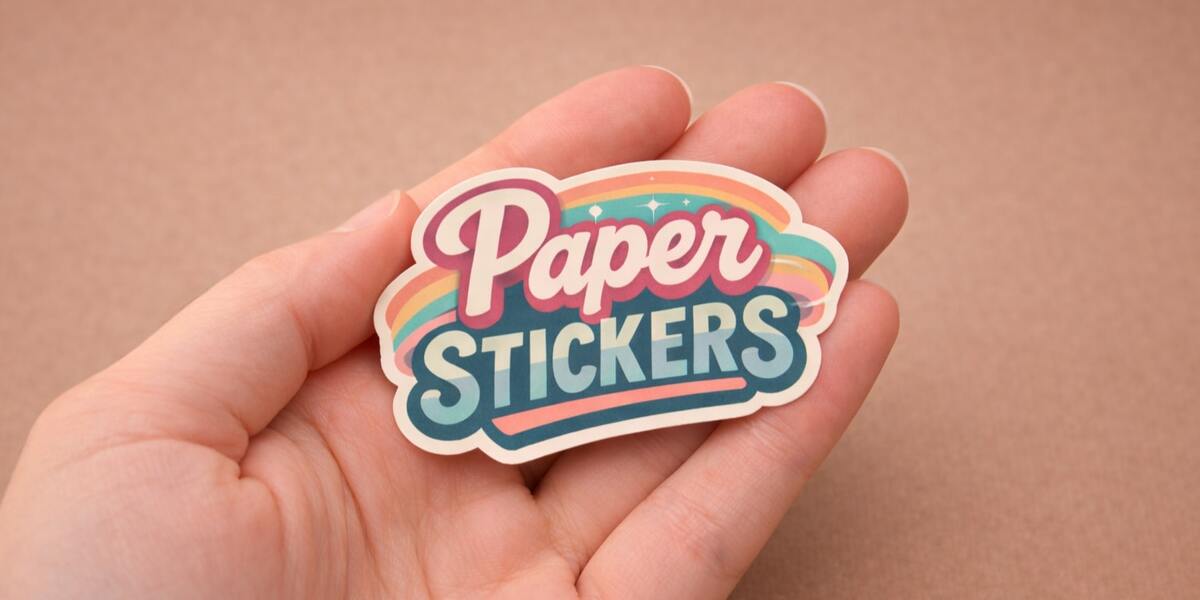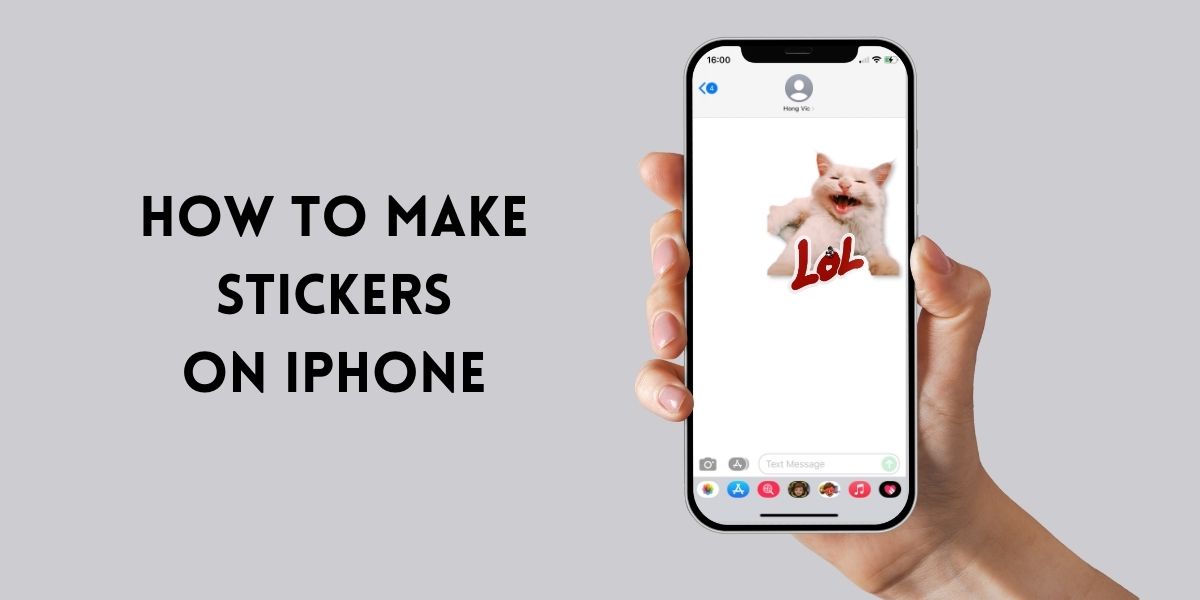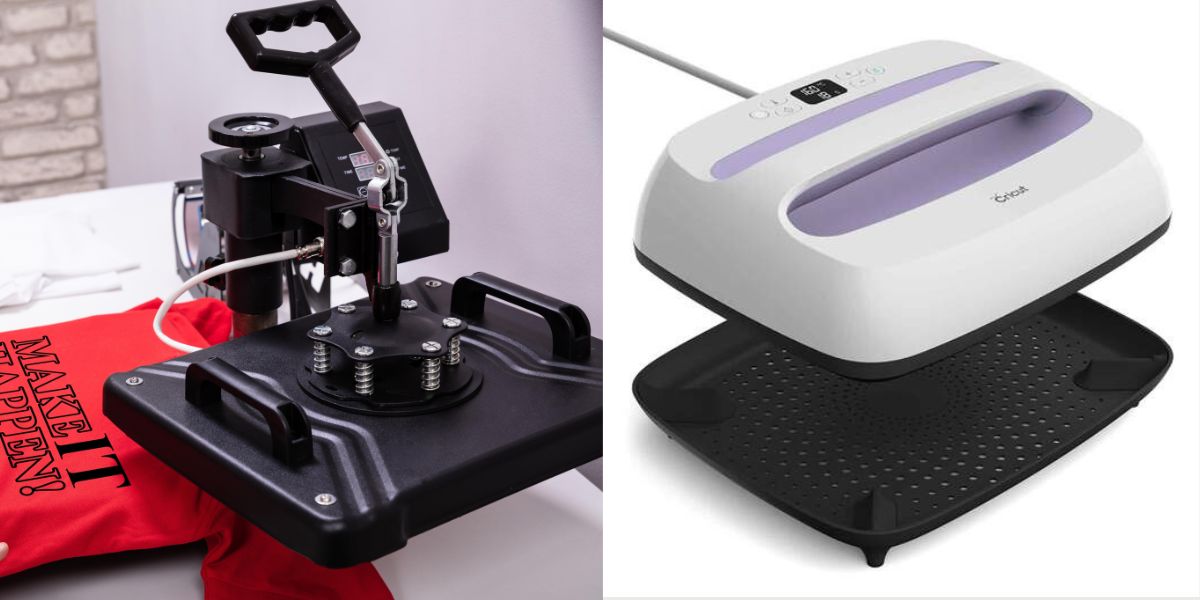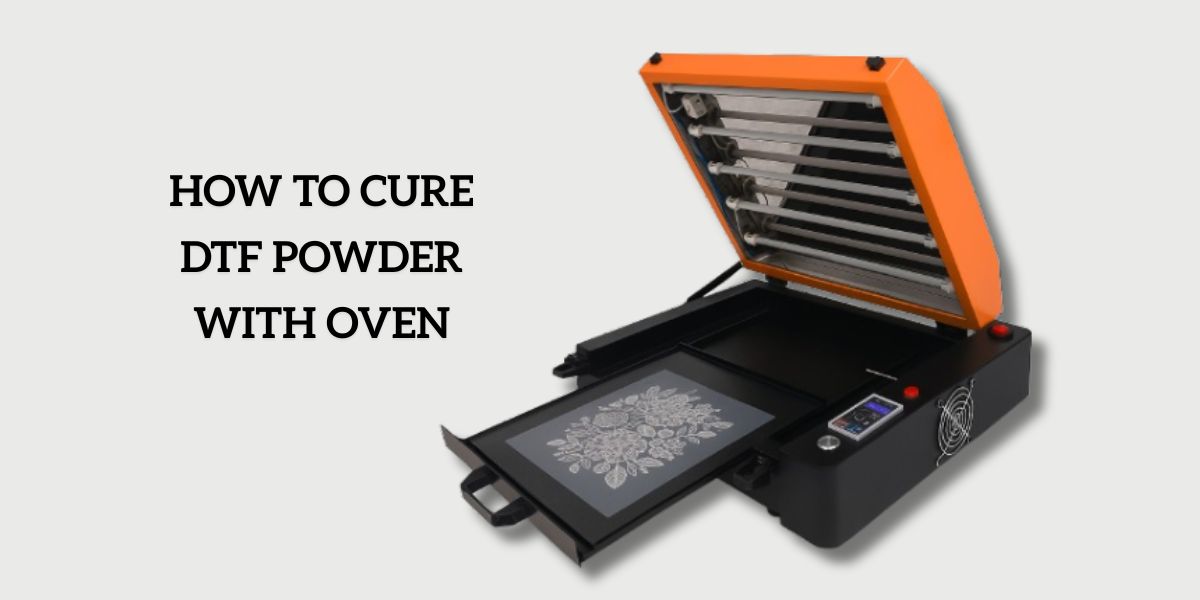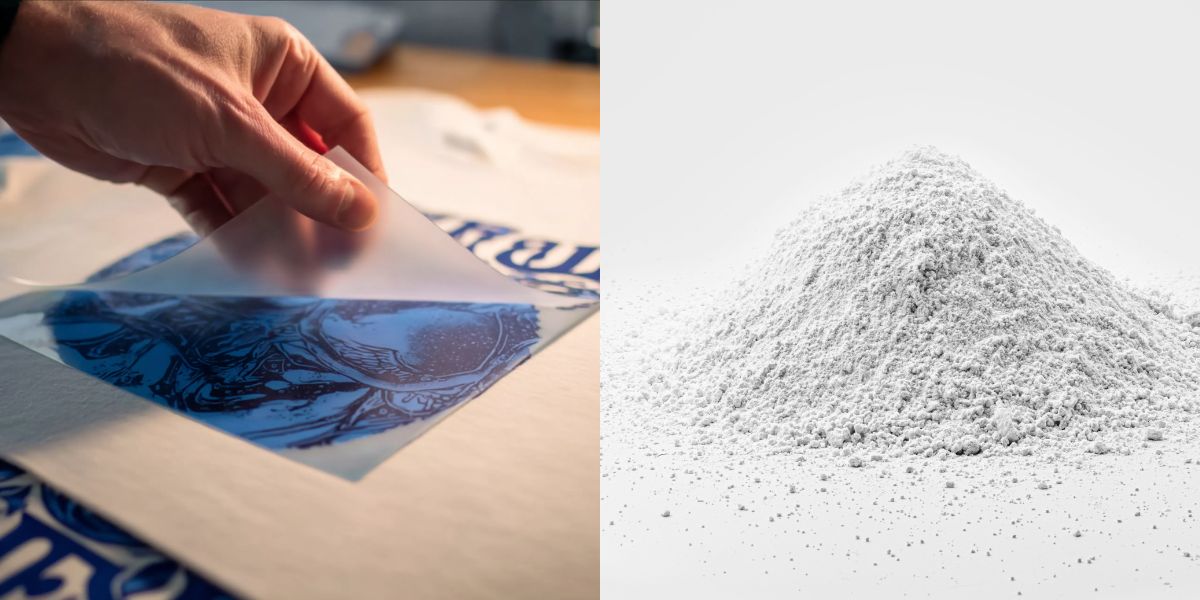
Blog
Screen Printing vs Digital Printing – Making the Best Choice

Are you looking for an effective printing method for your project and wondering “screen printing vs digital printing“? Making decisions can be challenging, as both can produce high-quality, vibrant results, and are capable of handling a range of materials and designs.
Therefore, in this guide, we’ll learn all about these 2 printing methods, from what they are, how they work and their characteristics. Let’s find out to make the ultimate decision between screen printing vs digital printing.
All about Screen Printing
What is screen printing?
Screen printing involves transferring ink onto a substrate by using a mesh screen. This screen is used to apply multiple layers of ink to the printing surface. Every new color is printed using a different screen.
With a screen printer, you can print on many different materials, such as:
- Textiles
- Ceramics
- Wood
- Paper
- Glass
- Metal
How does screen printing work
Equipment and materials used
- Screen (mesh): a polyester or nylon mesh which is stretched over a frame.
- Stencil: determines where the ink will be applied.
- Squeegee: used to press ink through the mesh screen onto the substrate.
- Inks: can be plastisol, water-based, discharge, and solvent-based inks.
- Substrate: the surface on which the design is printed.
Screen printing process
When printing with screen method, there are 2 main steps:
- Preparing the screen and setting up it: The prepared screen is placed over the substrate, with the stencil aligned to the desired position.
- Applying the ink: Ink is placed on the screen. Then, use the squeegee to force the ink through the open areas of the mesh onto the substrate.
What is screen printing used for?
Screen printing offers great versatility, making it suitable for a wide range of materials, including:
- Textiles
- Plastics
- Latex
- …
Because the printing process doesn’t require pressure on the surface, it’s often used for items like:
- Balloons
- Garments
- Wallpaper
- Canvases
- Posters
- …
> Learn more about Screen Printing Machine.
All about Digital Printing
What is a digital print?
In recent years, digital printing is a method that has been more and more popular in the printing industry. When comparing screen printing vs digital printing, the digital technique is relatively new and utilizes advanced computing technology.
The digital image is processed and transformed into a printable format, allowing it to be directly applied to the desired surface.
This method is an effective and quick way to transfer detailed and colorful designs onto smooth surfaces such as fabrics and papers.
How digital printing works
Digital printing differs significantly from traditional screen printing: the image is directly transferred onto the substrate. This method offers a direct and efficient printing process:
- It begins by sending the digital design file from a computer directly to the printer.
- The printer then applies ink or toner onto the substrate.
- Finally, the digital printer recreates images by applying a series of small dots.
What is Digital printing used for?
Digital printing offers a high level of detail, so is commonly employed for creating direct mail, coupons, or prints that demand a modern, sharp finish.
It is versatile and ideal for materials like fabric, paper, and especially personalizing items like posters, phone cases, custom labels, or custom printed stickers.
> Learn more about Digital Printing here.
Screen Printing vs Digital Printing
After exploring a basic understanding of digital print vs screen print, you can see both screen printing and digital printing are popular methods for transferring designs onto surfaces, used for creating high-quality prints.
While both techniques are very popular and share some common features, each has their own characteristics that suit different demands.
Here is the comparison table for screen printing vs digital printing key differences:
| Criteria | Screen Printing | Digital Printing |
| Print Quality | Vibrant colors, provides fine details | High-resolution, great for intricate designs |
| Flexibility | Versatile materials, handles textured surfaces well | Limited materials, best on flat, smooth surfaces |
| Durability | Highly durable, resistant to fading and abrasion | Less durable, more prone to fading and wear |
| Cost | High setup cost, economical for large quantity | Low setup cost, economical for small quantity |
| Turnaround time | Longer setup, slow for small orders, efficient in bulk | Minimal setup, fast for small to medium orders |
Let’s go into detail to weigh screen printing vs digital printing.
1. Screen printing vs digital printing: Print quality
Screen printing
- Detail and resolution: Known for producing vibrant colors, screen printing excels in bold, solid designs. However, because of the mesh, fine details such as tiny lines or intricate patterns can be difficult to reproduce accurately. So, it may struggle with intricate details and gradients.
- Color vibrancy: It’s especially effective for designs requiring bold, solid colors.
- Complex designs: Not recommended for complex, multi-color, or highly detailed designs due to limitations in detail resolution.
Digital printing
- Detail and resolution: Digital printing offers high-resolution output. It is ideal for intricate designs and smooth gradients.
- Color vibrancy: While it provides a good color range, it may be less vibrant for large solid color areas.
- Complex designs: Perfect for detailed, multi-color, and photographic designs, allowing for precise reproduction of complex images.
2. Screen printing vs digital printing: Flexibility
Screen printing
- Materials: Extremely versatile, screen printing works well on a variety of materials, including fabric, glass, wood, and metal.
- Surfaces: Capable of handling uneven or textured surfaces effectively.
- Customization: Less flexible when it comes to individual customizations as each color in the design requires a separate screen. So, it is more suitable for larger production runs of the same design.
Digital printing
- Materials: More limited in terms of materials, primarily used for paper, vinyl, and certain fabrics.
- Surfaces: Works best on flat, smooth surfaces, making it more suitable for projects that require a polished finish.
- Customization: Because digital printing allows for easy modifications to designs without the need for separate screens, it is highly flexible and efficient for customization.
3. Screen printing vs digital printing: Durability
Screen printing
- Resistance: Screen printing is resistant to fading and abrasion because of the thicker layers and high quality inks that adhere firmly to the printing materials.
- Longevity: Screen printed items are highly durable and can withstand washing and wear.
Digital printing
- Resistance: In digital printing, the ink is typically applied in thinner layers, which may not penetrate as deeply into the printing substrate. So, digital prints are more susceptible to damage from washing and sunlight.
- Longevity: Generally less durable than screen printing and may be prone to fading and wear.
4. Screen printing vs digital printing: Cost
Screen printing
- Setup cost: Involves a higher setup cost due to the need for creating screens and preparing the materials. Thus, it is more economical for large orders.
- Cost per unit: The cost per unit in screen printing decreases with volume.
- Economical scale: Best suited for large-scale production, where the setup cost can be spread across many units.
Digital printing
- Setup cost: Has a lower setup cost, as there is no need for screens or extensive preparation, making it ideal for smaller orders.
- Cost per unit: The cost per unit remains higher for large orders compared to screen printing.
- Economical scale: Most cost-effective for small to medium-sized orders where the lower setup costs are advantageous.
5. Screen printing vs digital printing: Turnaround time
Screen printing
- Setup time: This technique needs time to prepare screens and materials, which prolongs setup time.
- Production speed: While the setup time may be longer, screen printing is efficient for large volumes as the printing process itself is relatively fast once the setup is complete.
Digital printing
- Setup time: Has minimal setup time as the designs are processed digitally and sent directly to the printer, reducing the time needed to prepare for printing.
- Production speed: Fast for small to medium orders as the digital files can be printed directly without the need for manual color adjustments or screen setup.
How to choose the right printing method
Once finding the differences between screen printing and digital printing, you can realize each method has its own distinct benefits and drawbacks. That’s why choosing between screen printing vs digital printing requires careful consideration of some factors like:
Your design
- If your design involves intricate details, gradients, or multiple colors, digital printing is likely the better option. Digital printing excels at handling complex and photographic designs, allowing for high-resolution output with precise detail.
- For bold, vibrant colors and simple, solid designs, screen printing is ideal. It’s particularly effective for large blocks of color and designs that don’t require fine detail.
Material and surface
- Material type: You can use screen printing on various materials, including thick fabrics or those that have unconventional surfaces. In contrast, digital printing is typically more effective on lighter fabrics. It may not adhere as reliably to certain non-textile surfaces as screen printing.
- Surface texture: If you’re working with uneven or textured surfaces, screen printing handles these well, providing consistent coverage. Digital printing, however, works best on flat, smooth surfaces like paper, vinyl, and certain fabrics.
Print volume
- For large-volume orders, screen printing is generally more economical due to its decreasing cost per unit as the quantity increases. The setup cost is higher, but the efficiency improves with larger runs.
- Digital printing is ideal for smaller print volumes. With minimal setup time and their flexibility, it’s perfect for short runs, or projects requiring frequent changes.
Budget
- Screen printing has a higher initial setup cost. Therefore, it is more suitable for larger orders. If you have a large budget and are printing in bulk, screen printing offers cost benefits.
- Digital printing offers a lower setup cost, hence more cost-effective for small to medium-sized orders. It’s an excellent choice if you’re working with a limited budget or need to produce a small quantity of prints quickly.
Last words
In conclusion, the choice between screen printing vs digital printing depends on your specific requirements. We hope this guide has provided you with a solid understanding of the difference between screen printing and digital printing, and how each method can be advantageous for various projects.
For more detailed information and guides on printing techniques, let’s explore other articles on our website. Whether you’re new to printing or looking for solutions to enhance your process, our blogs can help you navigate your options with confidence.

